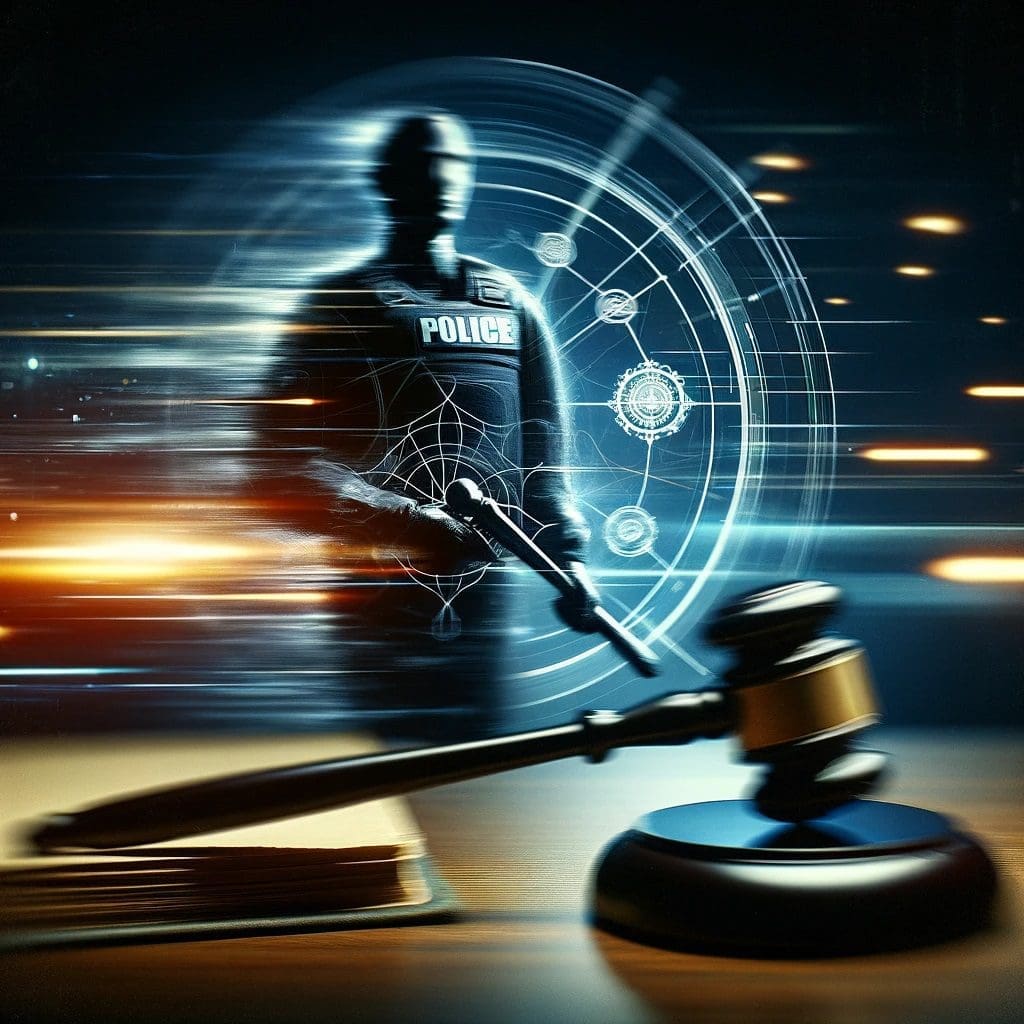What Is the Crime Control Model in Practice?
In the intricate world of criminal justice theory, the “Crime Control Model” stands as a cornerstone concept, shaping the approach and policies of law enforcement agencies and the judicial system. Developed by legal scholar Herbert L. Packer in the 1960s, this model emphasizes the rapid apprehension, prosecution, conviction, and punishment of criminal offenders as a means to maintain public order and safety.
The Crime Control Model operates under the premise that the most important function of the criminal justice system is to suppress and control crime effectively. This model, often seen as a conservative approach, advocates for a system that prioritizes the efficiency of legal processes, favoring a streamlined approach to justice that minimizes the delays caused by formal legal procedures. In essence, it views the criminal justice system as an assembly-line conveyor belt, swiftly moving cases from arrest to conviction.
The model’s focus on efficiency and expeditious processing of cases, however, raises concerns regarding individual rights and liberties. It operates on the presumption of guilt, where the accused is implicitly considered guilty once arrested and charged. This presumption is a significant point of contention, as it seems to invert the traditional legal principle of ‘innocent until proven guilty.’
One of the key elements of the Crime Control Model is the enhanced power it grants to law enforcement agencies. It supports increased police powers in investigation, arrest, search, seizure, and conviction. The model advocates for fewer legal technicalities and obstacles that could impede the swift processing of criminal cases. This aspect has been particularly influential in shaping policies and practices around law enforcement, leading to debates over the balance between crime control and civil liberties.
The model has been instrumental in guiding policies that focus on repressing crime to ensure societal order. It often prioritizes the rights of victims over those of defendants and supports punitive measures as a deterrent to criminal behavior. This approach is visible in various aspects of criminal justice, from policing strategies to sentencing guidelines.
However, the Crime Control Model does not operate in isolation. It is often contrasted with the “Due Process Model,” which emphasizes protecting individual rights and ensuring fairness in legal proceedings. The Due Process Model is more concerned with the potential abuses of power by the state and seeks to provide procedural safeguards to prevent wrongful convictions.
In contemporary society, the balance between the Crime Control Model and the Due Process Model remains a topic of significant debate. Critics argue that the Crime Control Model’s emphasis on efficiency and crime suppression may come at the cost of individual rights and justice. They point to instances where the pursuit of rapid case resolution has led to miscarriages of justice, wrongful convictions, and a disregard for due process.
The next section of this article will delve deeper into the criticisms of the Crime Control Model, its impact on contemporary law enforcement and judicial practices, and the ongoing debate between crime control and due process in the modern legal landscape.
Crime Control Model: Navigating the Crossroads of Efficiency and Rights in Justice
Continuing our exploration of the Crime Control Model, we delve into its implications and the criticisms it faces in the context of modern criminal justice. This model, while emphasizing efficiency and public order, has been scrutinized for its potential impact on the rights and liberties of individuals within the legal system.
Critics of the Crime Control Model argue that its focus on efficiency and expedited justice can lead to an erosion of fundamental legal protections and due process rights. The presumption of guilt, inherent in the model, is seen as contradictory to the foundational legal principle of ‘innocent until proven guilty.’ Concerns are raised about the possibility of wrongful convictions and unjust treatments, especially in cases where the evidence is not clear-cut or where the accused lack adequate legal representation.
The enhanced powers granted to law enforcement under this model have also been a subject of debate. While proponents argue that these powers are necessary for effective crime control, opponents worry about the potential for abuse and the infringement of civil liberties. The balance between ensuring public safety and protecting individual rights remains a delicate and often contentious issue.
In practice, the Crime Control Model has influenced a range of policies, from aggressive policing strategies to mandatory sentencing laws. These policies, while aiming to deter crime, have also led to concerns about overcriminalization and the mass incarceration phenomenon, particularly in the United States. The debate over these policies reflects the broader tension between the goals of crime control and the preservation of individual rights.
The ongoing dialogue between the Crime Control Model and the Due Process Model is pivotal in shaping the future of criminal justice. While the Crime Control Model seeks to protect society by quickly apprehending and punishing offenders, the Due Process Model advocates for a justice system that prioritizes fairness and the protection of rights. This dialogue is crucial in ensuring that the criminal justice system remains both effective in controlling crime and faithful to the principles of justice and liberty.
In recent years, there has been a growing recognition of the need to find a balance between these two models. The ideal criminal justice system would efficiently control crime while also ensuring that the rights of the accused are protected. Reforms aimed at achieving this balance include initiatives to enhance transparency in law enforcement, improve access to legal representation for the accused, and review sentencing guidelines to avoid disproportionately harsh punishments.
The Crime Control Model, despite its criticisms, continues to play a significant role in shaping criminal justice policies and practices. Its influence is evident in the ongoing debates about law enforcement tactics, criminal sentencing, and the overall approach to crime in society. As we move forward, the challenge lies in adapting this model to align with evolving societal values, ensuring that the pursuit of public safety does not come at the cost of justice and individual rights.
Continuing from the first part of the article, additional sources for deeper insights include:
- Source: Evaluating the Crime Control Model in Contemporary Society – Criminal Justice Journal
- Source: The Impact of the Crime Control Model on Policing – Policing Review
- Source: Balancing Crime Control and Due Process – Modern Legal Perspectives
These references provide comprehensive insights into the Crime Control Model, its impact on the criminal justice system, and the ongoing debate on balancing crime control with individual rights.
- Stanford Encyclopedia of Philosophy: Criminal Law – Packer’s Two Models
- Herbert Packer’s Crime Control Model Explained | Justia
- Wex: Due Process vs. Crime Control Models | Legal Information Institute
- National Institute of Justice: Crime Control Strategies and Impact
- American Bar Association: Implementing Crime Control Policies




















